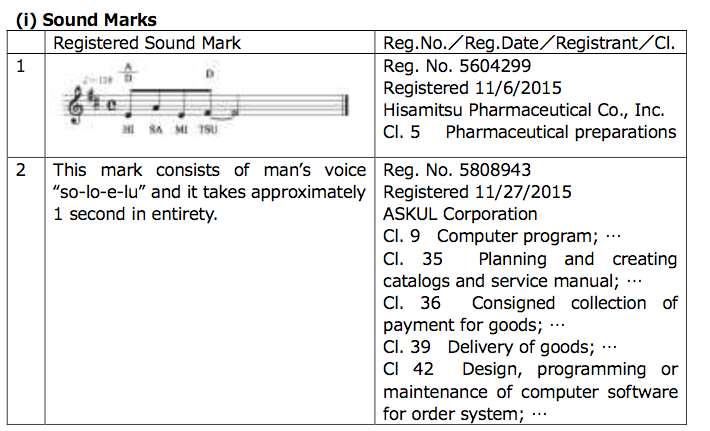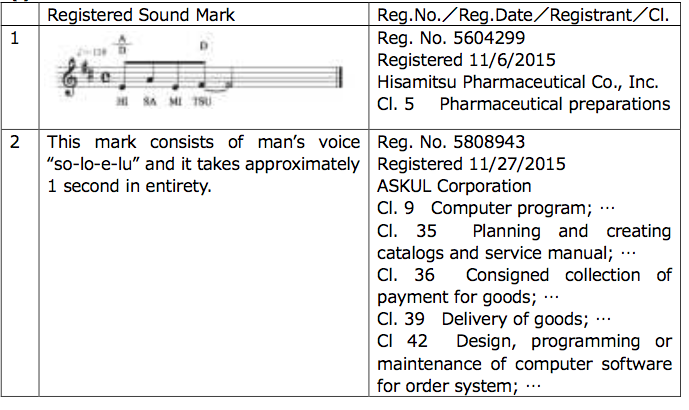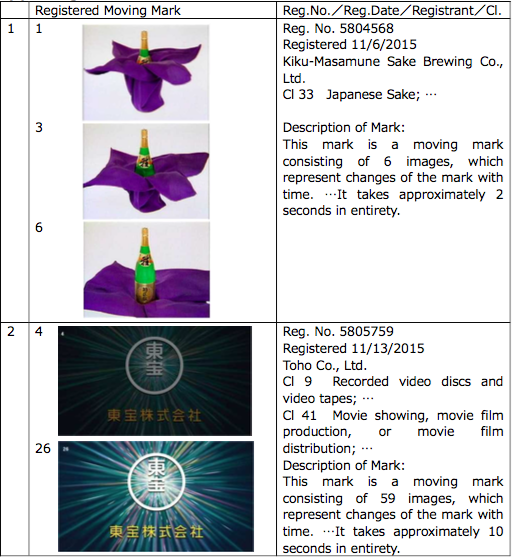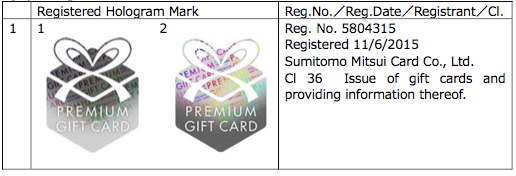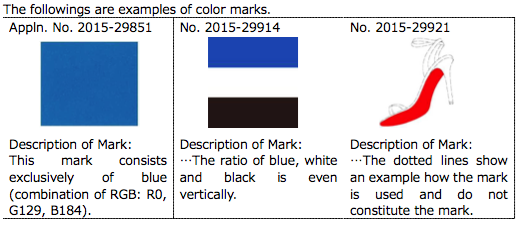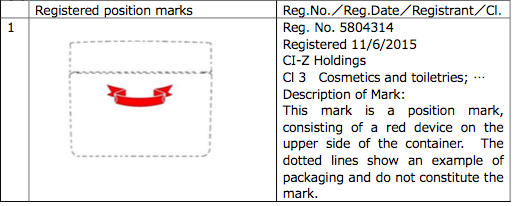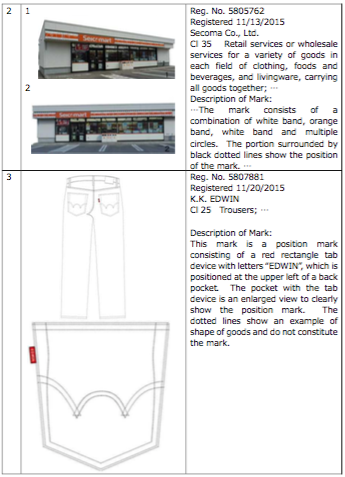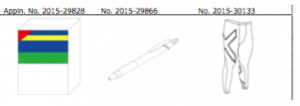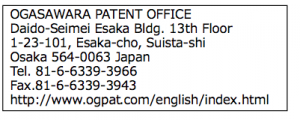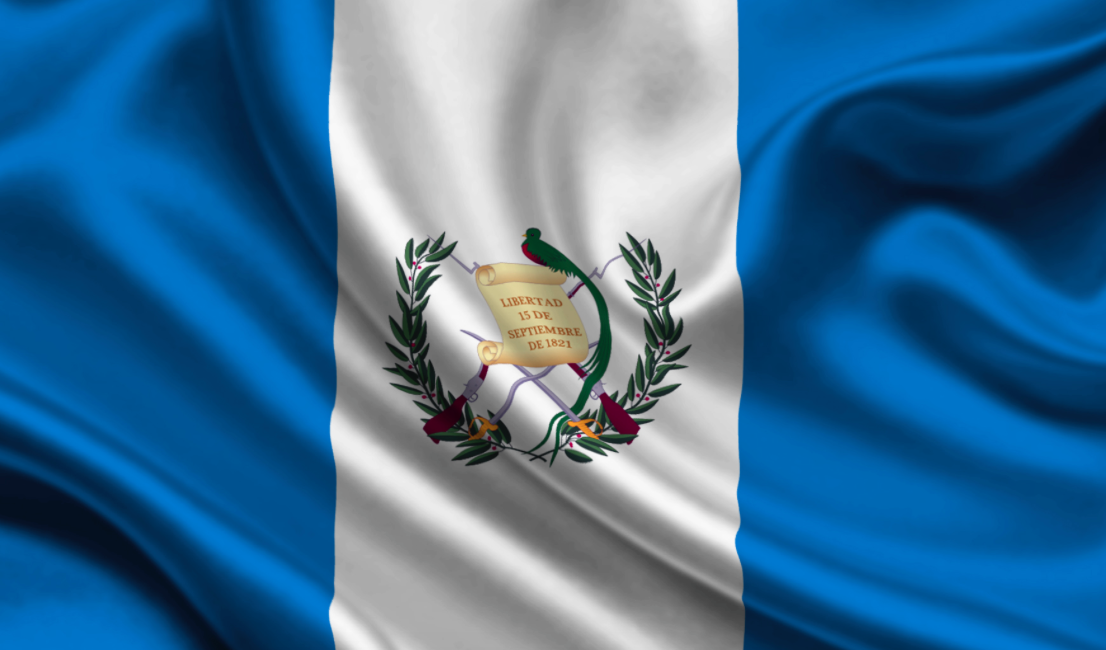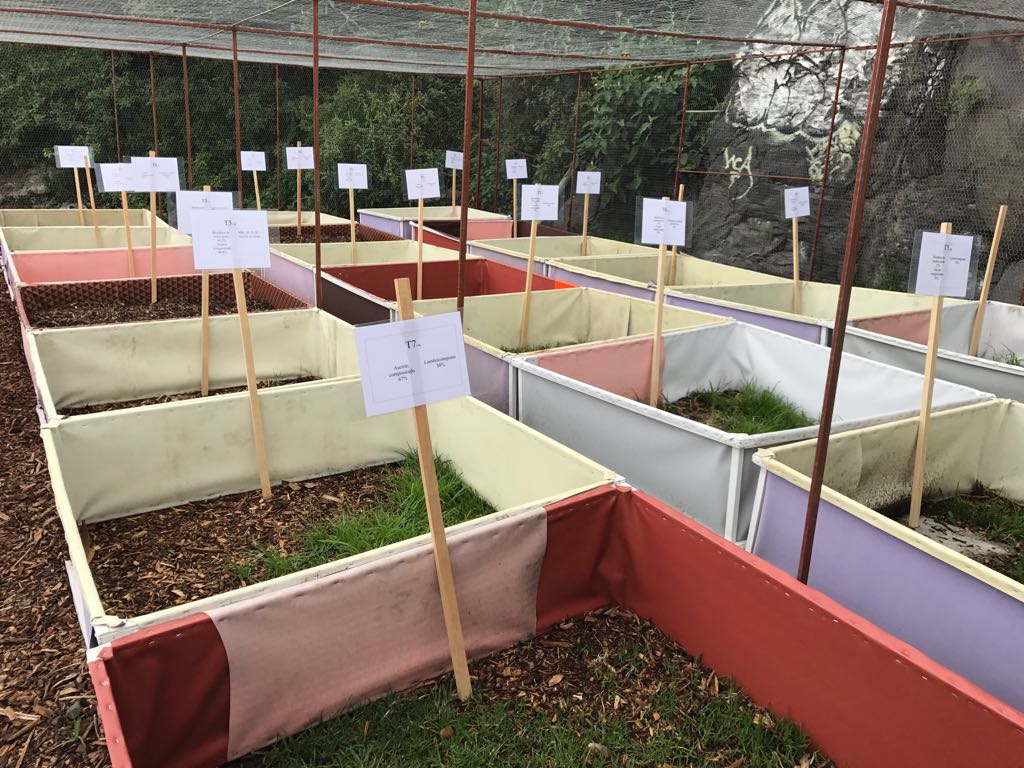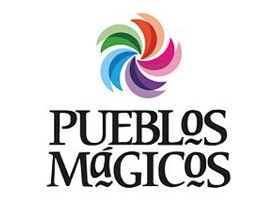WRITTEN BY: Yoko Someya, Ttrademark attorney OGASAWARA PATENT OFFICE, DAIDO-SEIMEI ESAKA BLDG., 13TH FLOOR
1-23-101, ESAKA-CHO, SUITA-SHI, OSAKA 564-0063 JAPAN, E-MAIL: [email protected]
Updates on Non-Traditional Marks in Japan
One year has passed since sound marks, moving marks, hologram marks, color marks and position marks became protectable under the Japanese Trademark Law. The first Notice of Acceptance for the non-traditional marks was issued on November 6, 2015. However, examination of the non-traditional marks at the Japan Patent Office mostly takes more time than that of traditional marks. In the meantime, the examination guideline on distinctiveness of marks has been revised as of April 1, 2016. This report introduces updates on the non-traditional marks, including statistics, examples of registered marks and the revised regulations.
I. The statistics of application (registration) of each non-traditional mark
The number of applications for the non-traditional marks filed with the JPO from April 1, 2015 to April 6, 2016 is shown in the table below. 32 sound marks have been allowed for registration among 407 applications and 26 moving marks have been allowed for registration among 87 applications. So far, 472 applications were filed for color marks, however, none of them is allowed for registration.
II. Update on the non-traditional marks respectively
[Source: Trademark data as of May 17, 2016 at J-PlatPat]
II. Update on the non-traditional marks respectively (i) Sound Marks
Sound marks consisting of jingle, sound or melody without lyrics (words) have not been allowed for registration. The mark below (JP Trademark Application No. 2015-29809) was filed on April 1, 2015 and is still pending.
[Definition of Use]
In accordance with the revised Trademark Law, ‘act to sound a sound mark’ and ‘act to record a sound mark in a recording media (DVDs, master tapes and so on)’ are considered as use of the sound mark. Since act to pronounce a word mark is not prescribed as use of a mark, it would be advisable to obtain trademark right for a sound mark if the sound mark is used or licensed.
(ii) Moving Marks
(iv) Marks consisting exclusively of one or several colors
No color mark has been allowed for registration. In accordance with the examination guideline, all color marks are not inherently distinctive and it is required to submit evidence to prove acquired distinctiveness through use.
(v) Position marks
The position marks below do not contain any distinctive word and are still pending.
In accordance with the examination guideline, if a position mark is considered by the relevant public as decoration, ornament or pattern to improve aesthetic impression or function of goods, the position mark shall be rejected as a non-distinctive mark. However, in line with a recent trend in appeal decisions on 3D marks, a position mark consisting of part of design of goods or packages may be distinctive, if the position mark is characteristic, original, prominent or famous and if identical or similar signs are not commonly used in the relevant business circle.
III. Acquired distinctiveness through use
Whether distinctiveness through use has been acquired or not will be examined in consideration of (i) applied mark, (ii) mark actually used, sales volume, duration and geographical area of use, (iii) advertising method, frequency, area and costs, (iv) existence of identical or similar marks used by a third party, (v) goods or services and other considerations in the relevant market and (vi) survey on recognition of the mark by the relevant consumers.
IV. Right to Continuous Use of Unregistered Sound Marks, Moving Marks, Hologram Marks and Color Marks
If a person/company has used a sound mark, moving mark, hologram mark or color mark, which is identical or similar to other’s registered mark used for identical or similar goods or services, before the date of enforcement of the revised laws, the person/company is entitled to have a right to continuous use of the unregistered mark within the geographical area or scope of business as of April 1, 2015. If the mark had become well-known among the relevant public as of April 1, 2015, the mark can be used without the geographical limitation.
For more information, please feel free to contact us at [email protected]



